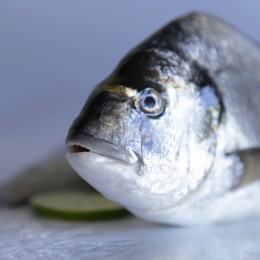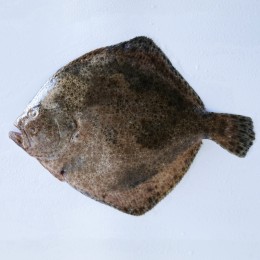True tuna (Thunnus) is a genus that encompasses a dozen species of fish that live in the ocean. Being an oceanic animal, it travels great distances during its migrations, which can last up to 60 days. Certain species of tuna can dive up to 400 m deep.
The so-called bigeye tuna (Thunnus obesus) is a deep-sea fish from within this category, a great migrator that travels thousands of kilometres. It’s dark blue in colour, with washed brown or violet-pink sides. It has a yellowish-grey colouring along the flanks. The fins are also yellowish or yellowish-grey, and the finlets are yellow. The young are marked by light spots and streaks along the underside of the body. It’s characterised by a robust body and large eyes (hence its “bigeye” name), and can reach two metres in length and weigh more than 150 kg. The pectoral fins are longer than those of albacore tuna, reaching the first finlet.
Its oily meat is pink or red. An excellent source of omega-3 acids, protein, vitamin E (an antioxidant vitamin) and B vitamins, all essential for the proper functioning of our body.
A popular way to enjoy the tuna is sliced. This is how it stars in some of the most popular dishes of our gastronomy, such as tuna with tomato or onion, a simple-to-make dish with incredible results. It’s also a protagonist in international gastronomy, especially in Asian cuisine.
Mariskito delivers the best selection of fresh fish within 24 hours, keeping its quality and freshness intact.
Scientific name: Thunnus thynnus.
Origin: FAO 37
Subzone: 37.1 Western Mediterranean.
Production method: caught and farmed.
Fishing gear: gillnets, spears and harpoons.
Store between: 0-4ºC
IMPORTANT: The origin may vary, so it will be indicated upon delivery of the product.



























